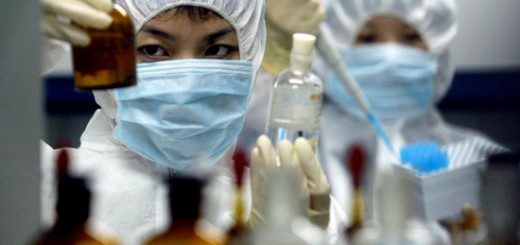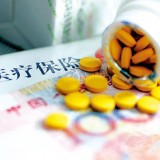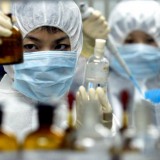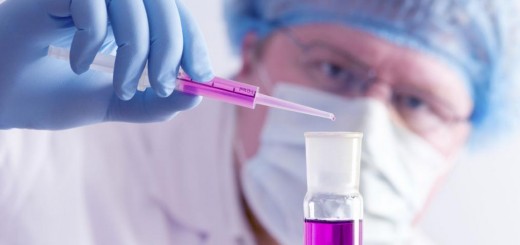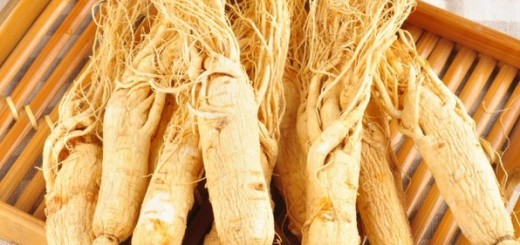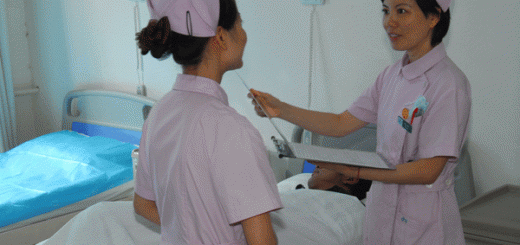Ischemic stroke is caused by the interruption of blood flow to the brain due to a blood clot. The buildup of plaque (fatty materials, calcium and scar tissue) contributes to most ischemic strokes by narrowing the arteries that supply blood to the brain, interfering with or blocking the flow of blood. This narrowing is called atherosclerosis.
Nearly 800,000 people suffer strokes each year in the United States; 82-92% of these strokes are ischemic. Stroke is the fourth leading cause of adult death and disability, resulting in over $72 billion in annual cost. More importantly, the 5-year recurrence rate of ischemic stroke could be as high as 40%, making it a nightmare for patients. Therefore, the prevention of ischemic stroke recurrence should warrant intense medical attention after the recovery from acute ischemic attack.
A research published on China Journal of Chinese Materia Medica (2002, 27[5]) reported that protopanaxatriol (PPT) isolated from Sanqi (P. notoginseng) can protect the brain from severe ischemic injury after blood blockage.
The research was conducted on rats which underwent acute ischemia by permanent blockage of cerebral median artery. Introperitoneal injection of PPT at 12.5 mg*kg-1 for 7 days greatly maintained the integrity of blood-brain barrier after acute ischemia, and the degree of brain swelling was not milder than non-treated rats, with much better functional recovery.
The study demonstrated the beneficial effects of PPT on ischemic stroke. However, besides its therapeutical value, PPT, due to its non-toxic nature, can also be used a preventative measure to reduce the recurrence risk of ischemica attack.
















